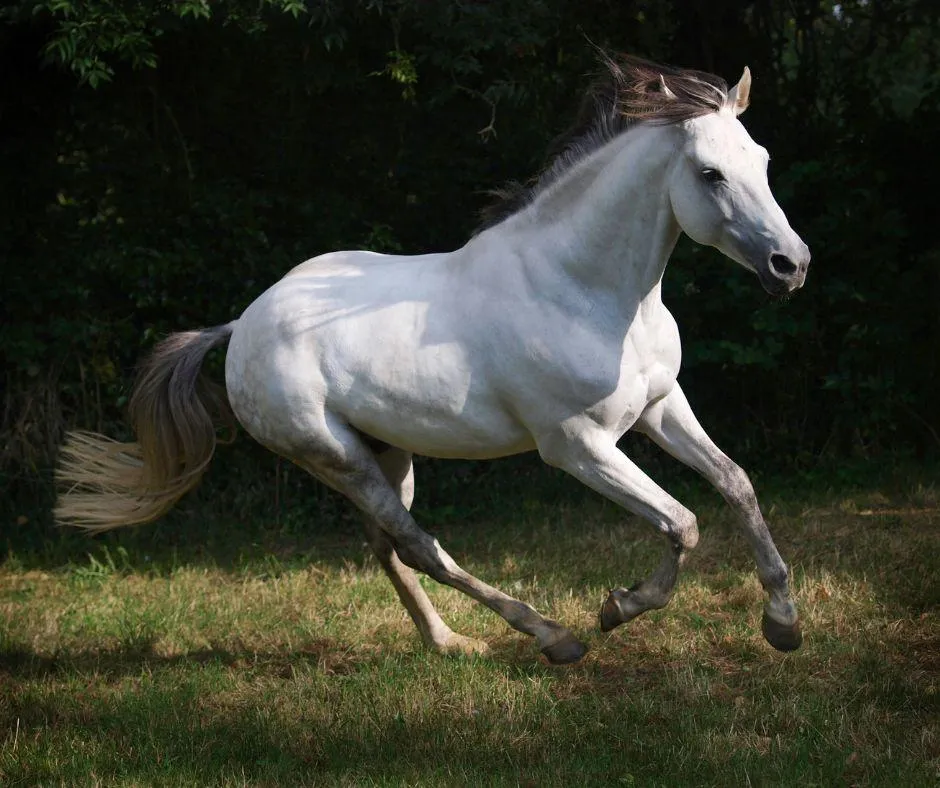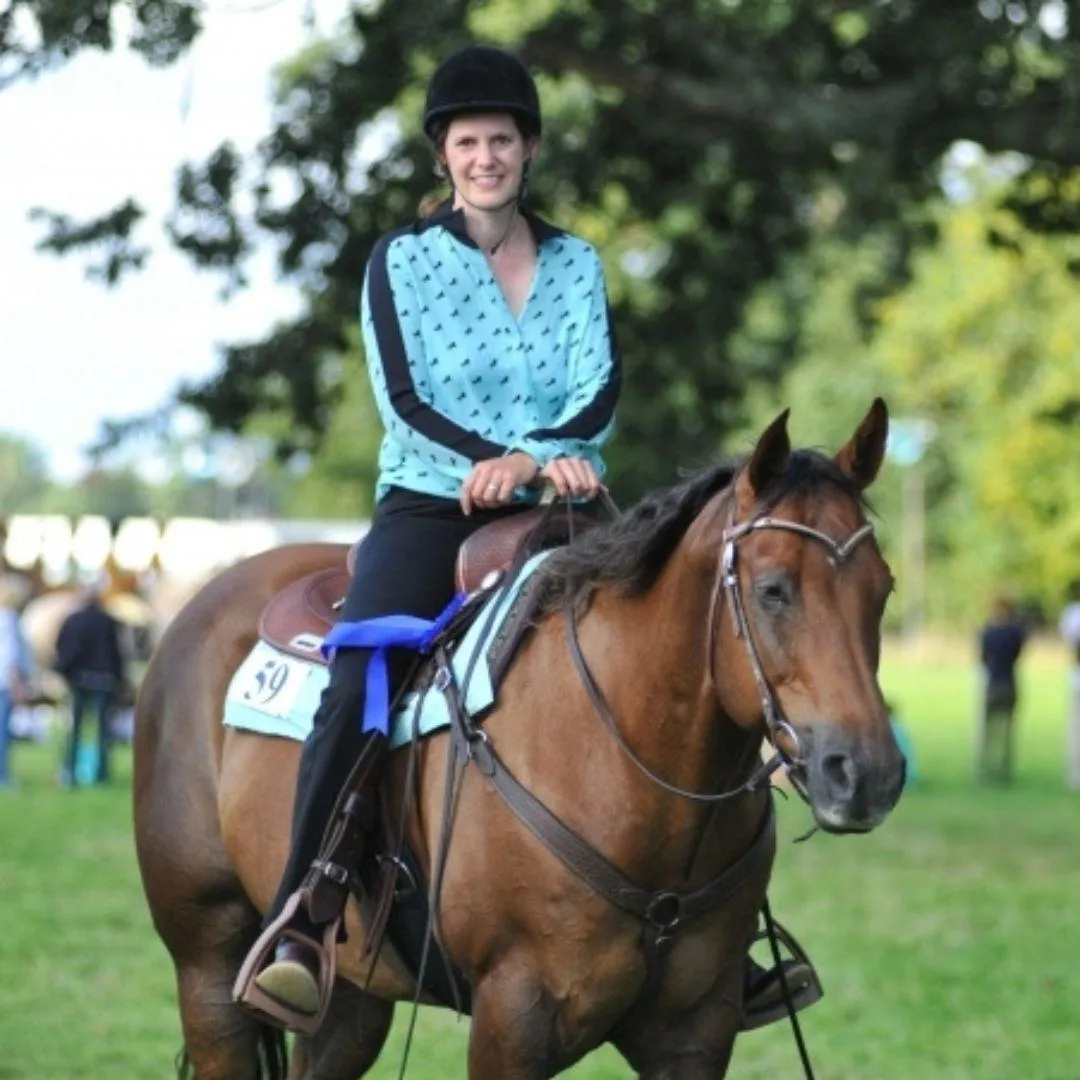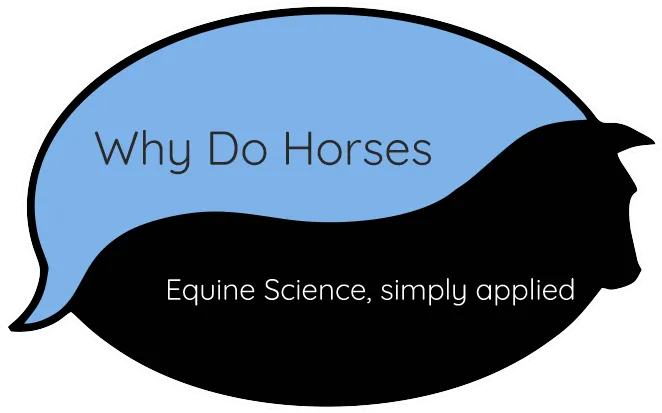Love Reading?
Articles
Find our blog posts and media articles all in one place!

Horse-Play!
Horse-Play!
Play is a fundamental aspect of equine behaviour. Desire to play starts in early foal-hood and continues even in adulthood. It is an important aspect of development, with around 75% of the foal's time devoted to play. It is exhibited in a range of equids, from Asses to Zebras, and carries benefits, both physiological and psychological. So, how do equines play and why do they do it?
The Role and Benefits of Play
Play can be defined as an activity which appears to have no immediate use or function for the horse, but at the same time evokes a sense of pleasure and surprise. Largely, younger horses spend more time at play than older horses. Within the first four weeks of life, whilst the foal stays close to its dam, play behaviour is quite solitary. However, after the first month youngsters begin to socialise with other foals. Male foals spend more time playing than female foals and are more inclined to exhibit aggressive, fighting-related play behaviour.
Like humans, play behaviour in young horses is related to learning and development. This type of recreation allows the foal to develop and practice locomotary skills as well as interact with other foals. Play also enhances social relationships and strengthens pair bonds. Physiological benefits include enhancement of cardiovascular and musculoskeletal fitness, practice of survival skills and building knowledge of a particular terrain or environment.
When studying a group of feral horses, Cameron and colleagues found that, not only did youngsters which played more survive better, they also had better body condition as yearlings.
As well as improving equine relationships, play behaviour has also been linked with sociability towards humans. In a study of play and curiosity, Brubaker and colleagues investigated the association between the amount of time horses spent playing with a novel object and how quickly they approached a human. When presented with a yoga ball, a plastic saucer and a collapsible cube, the team found that the more time the horses spent investigating the objects, the more sociable they were towards the handler.
Types of Play
To clarify what constitutes horseplay, two researchers from Pennsylvania, McDonnell and Poulin, undertook a study to document recreational behaviour. The researchers observed a group of semi-feral Shetland ponies for over 100 hours. They noted that play can be divided into 4 key areas: object play, play sexual behaviour, locomotor play and play fighting.
During object play, individuals make contact with and manipulate an object. Objects might be animate, like another horse, or inanimate like a bucket. Typical types of object play include a foal circling around a mare, pawing at a bucket or mouthing a rug.
Play sexual behaviour involves many of the rituals found in adult sexual behaviour but is often more exaggerated or performed out of order. It is a frequent occurrence in foals and adolescents, as well as among young and adult bachelor stallions. Examples of play sexual behaviour include mounting another horse or marking a dung pile with faeces.
Locomotor play includes any play behaviour that is performed whilst in motion, whether in walk, trot, canter or gallop. Running and bucking are two common types of locomotor play.
Play fighting consists of sequences and elements similar to adult fighting, but of a more affable nature. During play fights, individuals appear to alternate offensive and defensive roles.
Signals for Play
Equines can start and stop play sessions through a series of behavioural signals. Common initiators are nudging or nipping, approaching nose-to-nose, as well pawing at another horse. Play fighting, in particular, is often initiated through head-tossing.
Play bouts can be halted using a terminator. These cues are quite obvious, contrasting to play by force and intent. These include pinning the ears back, forcefully biting an individual, turning the rump towards the other animal and kicking or striking with firm resolve.
Play can also be ended in a less aggressive manner by participants prancing away. Mutual grooming is commonly seen before or after a play bout. Other than during frolicking, play tends to be quieter without the usual vocalisations present in serious behaviour. This is particularly evident during play fighting - whereas a fighting adult might grunt and squeal, these sounds are usually absent during play sessions.
Understanding the role and benefits of play behaviour is important. Play constitutes key part of foal development and recreational behaviour in adults. Whilst it is important that horses of all ages are provided with the opportunity to play, socially and independently, this is particularly crucial for foals. Facilitating play in domestic horse management is an essential consideration for horse owners.
Published: Everything Horse UK Magazine, Iss 3, December 2013
Blog Posts Straight to Your Inbox!
What do clients say?

Amy D

We had an intro session on clicker training with Louise, it was fabulous, very informative. After reading up about clicker training and getting a bit confused with all the different approaches, Louise made it very clear and explained it all thoroughly.

Eiddwen S

I contacted Why Do Horses for help with issues I was having travelling my horse. During our sessions I found myself wanting to learn more about equine behaviour and body language and I have realised I was missing a lot of knowledge. Why Do Horses have changed my entire outlook on horse training and behaviour, this is something for which I will be forever grateful!


